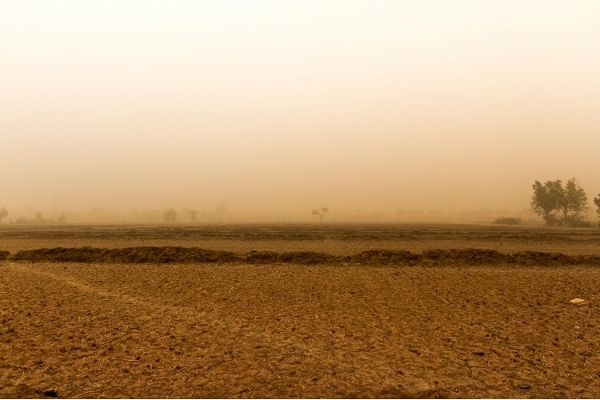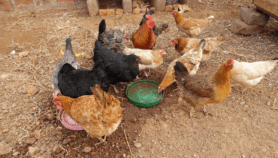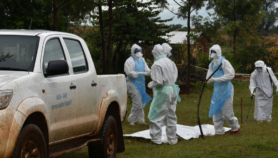By: Amin Equiano
Send to a friend
The details you provide on this page will not be used to send unsolicited email, and will not be sold to a 3rd party. See privacy policy.
The prevalence of atmospheric dust and certain wind conditions could signify impending meningitis outbreaks in the ‘meningitis belt’ in Sub-Saharan Africa that stretches from Senegal to Ethiopia, according to a study.
Researchers mapped seasonal outbreaks based on data collected from 1986 to 2006 for 38 districts in Niger. They found a clear correlation between climatic conditions and epidemics.
The findings, they say, offer a basis for predicting disease outbreaks, which usually occur between February and March, at the height of the dry season.
“It is well established that an interaction exists between outbreaks and some climatic parameters, mainly dusts,”
Mano Aghali, Niger Health Minister
The study, published in last month’s edition of Environmental Health Perspectives, involved scientists from Burkina Faso, Spain, the United Kingdom and the United States.
Carlos Pérez García-Pando, a researcher at the NASA Goddard Institute for Space Studies, United States, and one of the study authors, told SciDev.Net in an email: “We showed that wind and dust information, and the incidence of the early dry season, predict part of the year-to-year variability of the seasonal incidence of meningitis at both national and district levels in Niger.”
According to the WHO, meningitis kills one-in-ten of its victims and leaves many survivors disabled. Vaccines for the disease usually provide immunity for only two to three years, so various countries affected by the disease typically only use vaccinations in response to outbreaks.
But these are of limited effectiveness, according to García-Pando. “When the number of cases in a certain district reaches a threshold, vaccinations are ordered for that district,” he said. “But sometimes the response comes too late and therefore the strategy would benefit from forecasting tools.”
In Niger, health minister Mano Aghali tells SciDev.Net that health officials have already observed a link between climate and meningitis outbreaks.
“It is well established that an interaction exists between outbreaks and some climatic parameters, mainly dusts,” he says. “Tests carried out over a span of several years showed that cases dramatically increase at the start of the dry season in January before declining around the kick-off of the rainy season, between May and June.”
Aghali says that his country, like all the others in the meningitis belt operates an alert system.
This consists of health workers assessing potential cases of meningitis and declaring an epidemic when cases pass a sufficient level.
Each country in the belt has a national meningitis strategy, which is put into action when the WHO threshold for an epidemic — of 15 cases per 100,000 inhabitants a week averaged over two consecutive weeks — is reached.
García-Pando told SciDev.Net: “We now need to test this kind of forecasting model for operational use in the belt in collaboration with WHO and ministries of health in the region.”
But the researchers suggest that further studies are needed to assess whether dust and wind directly affect the bacteria that cause meningitis or whether they make people more vulnerable to infection.
Link to the full paper in Environmental Health Perspectives
See below for a video by the International Research Institute for Climate and Society on climate and meningitis forecasting:
Dust and the Wind: Climate and Meningitis In Niger from IRI on Vimeo.
This article has been produced by SciDev.Net’s Sub-Saharan Africa desk.
References
Environmental Health Perspectives doi: 10.1289/ehp.1306640 (2014)














